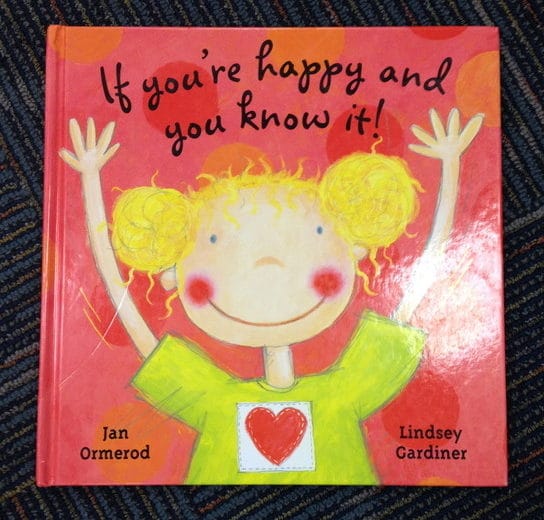
If You’re Happy And You Know It! – Book Recommendation
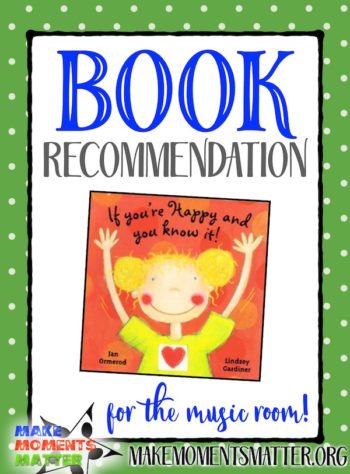 This is a totally fun book! I know that many students have the song “If You’re Happy and You Know It…” down pat before they even get to Kindergarten but not my students. I have a high population of English Language Learners (often called ELLs) and most from low income households. Many of my kiddos didn’t go to preschool or speak much English before they made it to our school.
This is a totally fun book! I know that many students have the song “If You’re Happy and You Know It…” down pat before they even get to Kindergarten but not my students. I have a high population of English Language Learners (often called ELLs) and most from low income households. Many of my kiddos didn’t go to preschool or speak much English before they made it to our school.
This gem of a song just isn’t in their repertoire when they arrive and if it is, they usually haven’t understood or mastered “then your face will surely show it.” It’s absolutely worth my time to teach this song and work through the lyrics with my kiddos I spend lots of time talking with my students about the meaning of words and when to clap during the song. I love using this song as a way to work into singing voice. It’s so fun and the clapping/other actions distract my ELL kiddos and they don’t have time to be scared about using their singing voice. It also gives the students that ever important time for pattern and repetition which makes them more confident as they attempt to sing. Overall, it’s just a great song to use with young learners, English Language Learners or not. Here’s how I introduce the song and incorporate the book!
Teaching the Song – Day One
I actually don’t stat this lesson by singing. Instead, I use my speaking voice and give commands like this: “If you’re happy and you know it clap your hands. If you’re happy and you know it touch your nose. If you’re… put your elbow on the grounds. If you’re… open your mouth. If you’re… pop your lips” and we go through lots of options. Then we return to the classic “clap your hands” action and I introduce it with my singing voice and teach kids to clap twice at the appropriate time. I have them repeat back to me several times with their singing voices. After some repetition, we talk about the lyrics “then your face will surely show it” so that they understand what that means. I try to never to assume that my ELL kids understand vocabulary right away. I always try and break down words and sentences to explain word meaning. Even for native English speakers the phrase “then your face will surely show it” doesn’t always make sense. I break it down and show them with my face what that means.
Then we sing the whole first verse together. I might do this unaccompanied or head to the piano to play their melody. I find that sometimes kiddos need to hear the melody on a different timbre than just my voice, so I try and sing a cappella and also sing with piano to give some different things for kids to listen to.
After a few repetitions we change the action. We sing “if you’re happy… jump up and down.” And how many times do you jump? Two! Then “if you’re happy… stomp your feet” and then when they stomp I crash a bunch of keys on the bottom of the keyboard to sound like two big low crashes. This is SURE to bring out smiles in kiddos. We do about 4-5 variations that day and end with the clapping version again. Day over!
Incorporating the Book – Day Two
I generally wait until the second day to bring out the book, though you can do this in whatever order you wish. I like to make one whole day about the song and the act of singing. We spend a concentrated amount of time on the song that first day and then move on to something different. Then when we come back to it another day they have some familiarity already with the song and adding the book feels like a fun extension. You could absolutely do both on the same day, depending on how familiar your kids are with the song already.
When it’s time to come back to this lesson, I pull out this great book adaptation of the song by Jan Ormerod and Lindsey Gardiner. I sing the title and the kiddos squeal and try and sing along and I say, “but my friends, this is a different version and you’re going to have to listen. Maybe at the end we can sing again but for right now, just listen…”
The books takes you through the first bit of the original song, “If you’re happy and you know it clap your hands, if you’re happy and you know it…” but soon a little dog interrupts our main character and says, “but I don’t have hands. Instead I’ll wag my tail.” And then an elephant interrupts and says, “since I don’t have a very impressive tail I’ll wag my ears instead.” It’s a fun way for kids to see how animals are the same or different but also shows them how many people can show how they feel in many ways. I have students try and mimic the animal actions with their own body and you can imagine how fun it is to see them “flap their elephant ears” or “snap their alligator teeth.” This gives them a chance to try out lots of different actions and body parts instead of just clapping and also requires them to use critical thinking skills as they transfer an action performed by an animal to their own body. They don’t have beaks to snap… so what could they do that would be like that action?
Final Thoughts
I don’t read the book verbatim. My kindergarteners can’t read the book at this point anyway, so they are none the wiser. I like the book, but I change the lyrics so that it follows a more predictable pattern, mimicking the song with just a few word tweaks. I’ve found that this helps my students understand the song better and keep up with the book more easily. When they get really good later in the year, I might reread the book exactly as written, but for right now I read it my way.
Fun book, great pictures, easy to use and change and implement. After you’ve introduced this song and lesson put the book in your “sub tub” for a substitute teacher to pull out and try with kids. I’ve found that my subs LOVE when I leave books for them because they can do something that’s music-related (not just a video) but doesn’t require them to play an instrument.

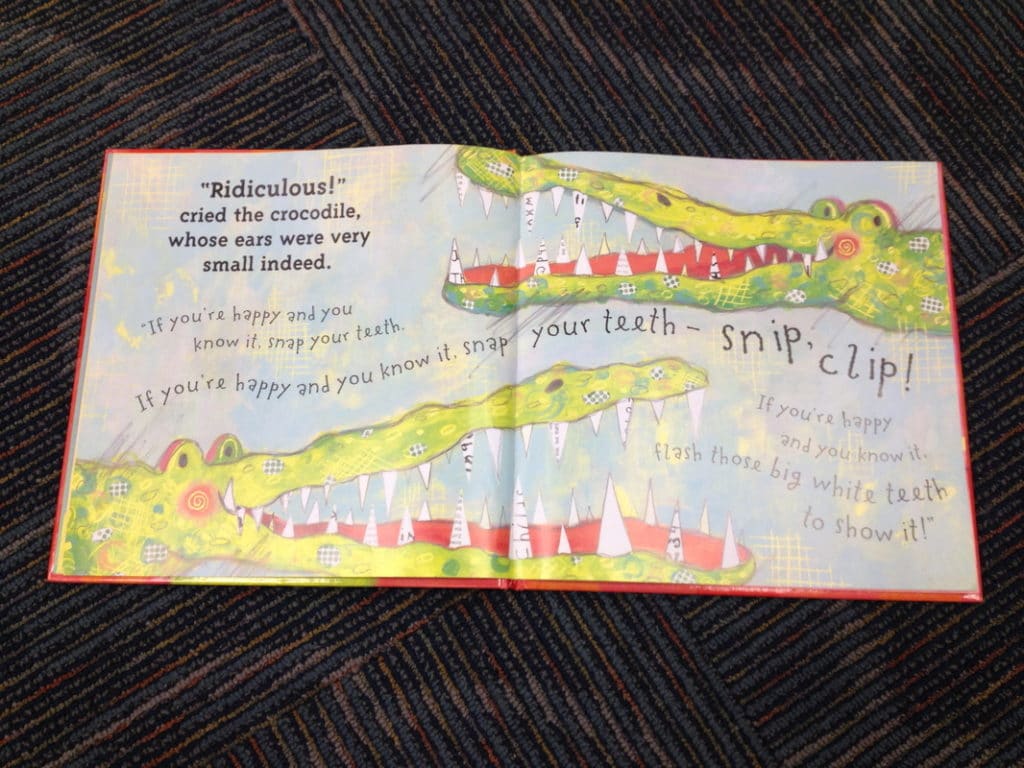

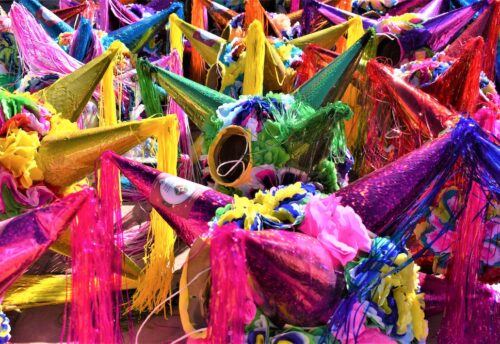
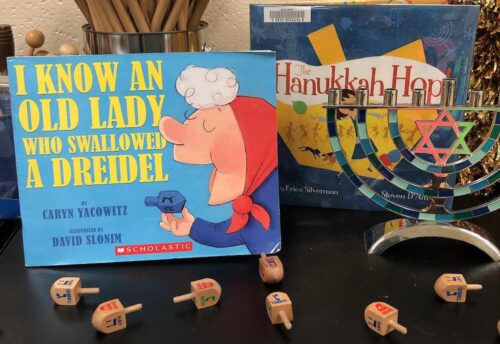
Pingback: The Role of Music in Your Child's Development